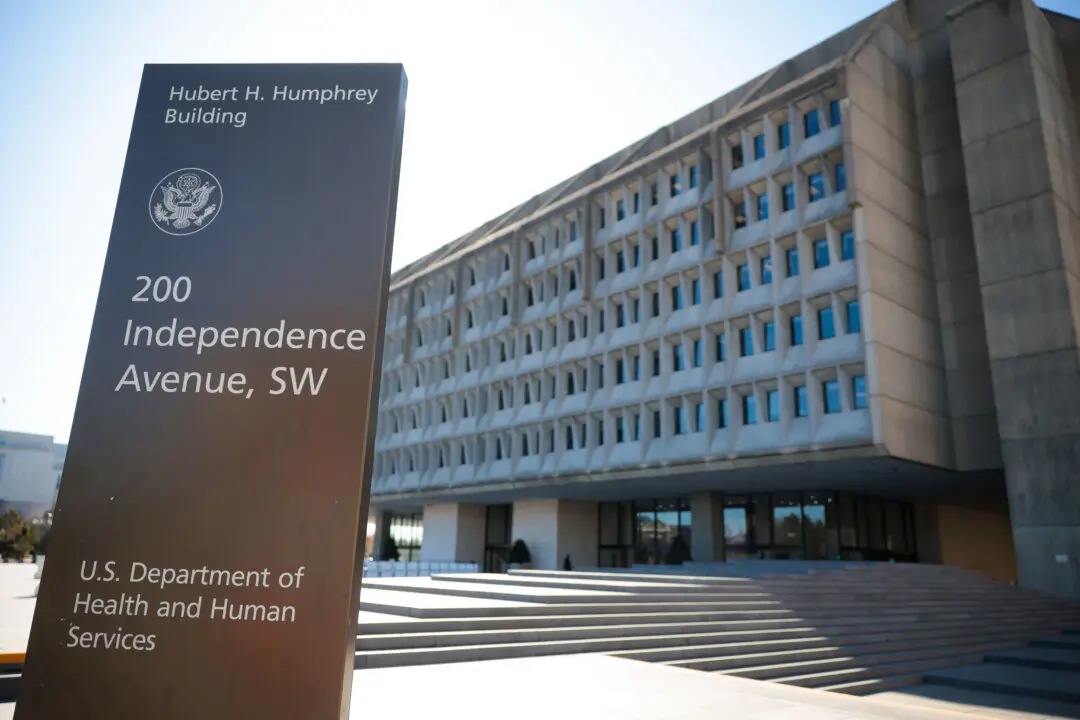Nearly 6,000 Americans have contracted COVID-19 despite being fully vaccinated against the virus that causes it, federal officials said April 15.
The Americans contracted the CCP (Chinese Communist Party) virus, which causes COVID-19, despite getting both doses of the Pfizer or Moderna vaccine, or the single-shot Johnson & Johnson vaccine, the Centers for Disease Control and Prevention (CDC) told The Epoch Times via email.





